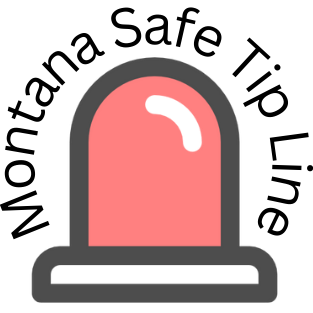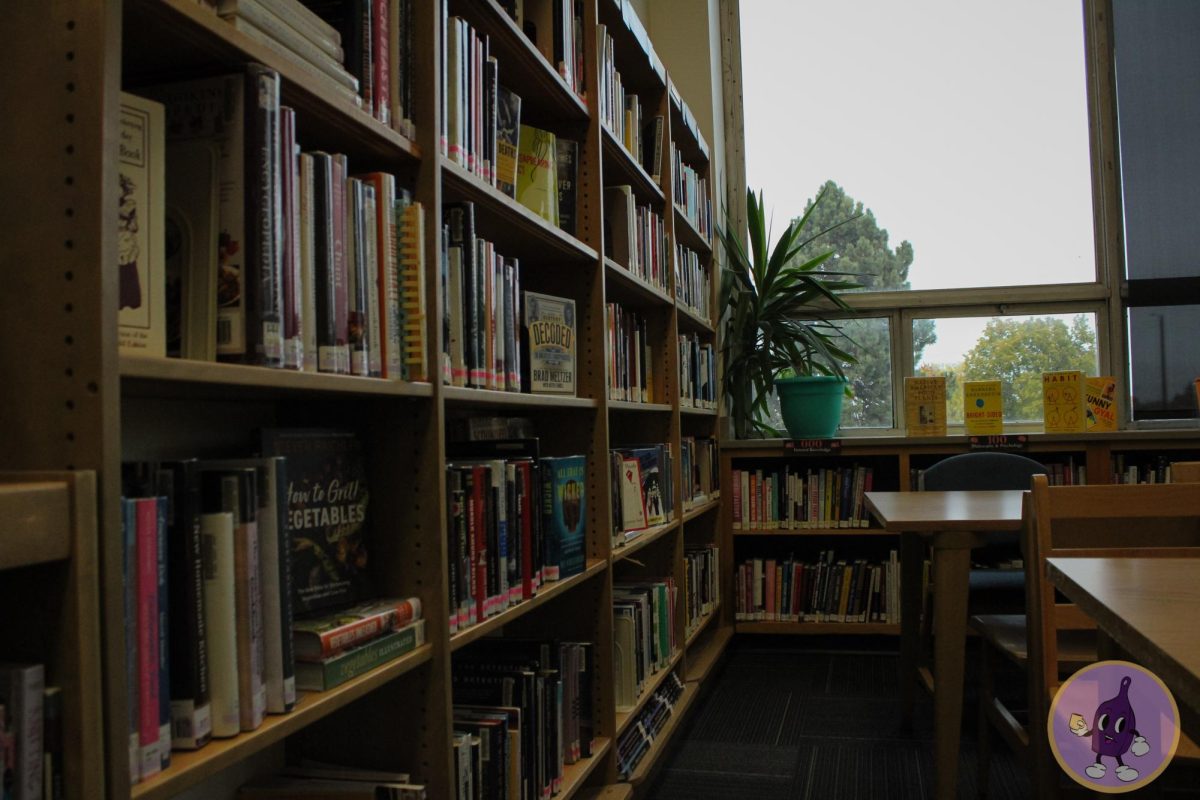As of 2024, the United States has a high school graduation rate of 87%. This percentage has increased by 5% in the past twenty years. However, students themselves often consider the school system boring and useless. Leading one to question the way the United States education system works. Is it made to teach students or to make the system look better on paper?
United States Teaching Policies:
The United States government is cutting funding for the Department of Education under the Trump Administration. This harms the studies of students in many ways, one of which involves the employment of teachers at nearly all federal funded schools.
In 2024, The National Library of Medicine conducted a study on the effects of smaller class sizes on a student’s academic performance. The results assessed that the fewer students a teacher has in a classroom, the more effective the education.
However, in order to have smaller classes, more teachers need to be hired. With recent funding cuts, the task of hiring more staff becomes extremely challenging for public schools around the country. The lack of education staff has been an issue for many years however with the increase in population the problem is becoming more prevalent.
Magdalen Marmon*, a twenty year veteran of the Missoula County Public School District, worked for ten years at DeSmet Public School, a school with less than five hundred students, kindergarten through eighth grade. Giving each class less than twenty people allows for the teachers to have their full attention on the students.
United States School Curriculum:
In the most common curriculum in the United States, math and reading are the most heavily taught and tested subjects. This puts schools in a position to neglect other subjects to bring emphasis to the desired teachings or allow the students to do poorly in the country’s curriculum.
The United States focuses most of its attention and funding on testing preparation and scores. This has an adverse effect on actual learning; instead of teaching students lessons, it teaches them how to take tests and later disregard the information.
Jonathan Kozol stated in his novel The Shame of the Nation, “[…] in some schools, the principals and teachers tell me that the tests themselves and the preparation for the tests control more than a quarter of the year”.
The No Child Left Behind Act (NCLB) was signed in 2002 to bring equal opportunities to all students in the United States without being based on economic, social, disability, or cultural measures.
NCLB had good intentions but varying results in operation. The Act had most of its focus on middle and elementary schoolers, ensuring them the basics of mathematics and reading. It does not put as much effort into higher education levels or leaving room for education in categories such as history and science.
The Every Student Succeeds Act (ESSA), was created in 2015 by the Obama Administration, in order to amend aspects of the NCLB that were not adjusted to properly help educate students. According to Karen Miller’s novel The Achievement Gap, many different interests were either not achieved or outright ignored. One of its goals was to heighten the assistance for students with financial and learning difficulties.
Socioeconomic Problems:
Students who are not from highly educated families often do not perform as well in school despite learning the same material as other students. The American Sociological Association did various studies on the relation and one of the main outcomes they observed was the amount of stress a child faces when their family does not have financial stability.
Children who are born into families that are in middle or upper classes tend to obtain a higher and broader education. This can be due to many factors. For example, many families with wealth can send their children to tutoring, extracurricular activities, and enroll them in classes other parents cannot afford.
Along with that, people who come from high income families often attend superior education. While the price of colleges in America has risen significantly in the past twenty years, it was not cheap to begin with.
Due to the emphasis on math and science, students from a lower-class tend to have an extremely reduced knowledge of the world around them. Classes teach them the basics but not the reasons for them.
Families tend to need to work longer, and often strange, hours leading the children to less support, not because of unsupporting parents, but rather due to an inability to lend the necessary contributions. This can also lead to the parents not being able to have worldly conversations with their children, adding to the lack of knowledge of their surrounding environment.
Montana Teaching Policies:
Missoula ranks number twelve in midsized counties graduation rates, with 96% of their high school students graduating. Montana as a whole ranks number one in the US with 94%. Although, this rate is not necessarily due to an extreme spike in the state’s intelligence.
Montana’s truancy policies involve a potential $100 fine for the parents or guardians of the student and the ability to pull the student from classes or the school itself if unexplained truancy continues.
Different cities across Montana have different expectations on attendance. In MCPS, students work with their teachers and counselors to work on reasons why and ways to solve the issue. Families will also get letters and eventually be requested to attend an intervention for their student.
Vanessa Gibson, a current counselor at Sentinel High School, stated that MCPS’s truancy policies “used to be a punitive model; […] 2012, prior to that, there was a district policy that if you missed ten days in a semester you would be granted an F and you had to appeal for your grade”. Afterwards, the Superintendent, Dr. Erin Lipkind, came to the conclusion that this did not adhere to the district’s programs for success and removed the policy.
Stephanie Thennis, Sentinel’s current principal, said that, “In 2024-25 our attendance rate at Sentinel was 90.78%. Our goals for 2025-26 is 93%”.
In Missoula particularly, graduation is often easier to obtain due to various options in education. For example students who need or desire a different form of education are able to transfer to a school such as Connect or Willard.
Montana School Curriculum:
Rachel Nordhagn moved from Montana to Wisconsin with her eleven-year-old daughter and found a drastic change in curriculum: “When we moved to Wisconsin […] grades in math got probably about 15% better, and we discovered it was because when we got there, the things that she had already learned, they weren’t even starting that.”
One example Nordhagn’s daughter gave was that they start learning prime numbers two years later than they do in Montana. She attended Lewis and Clark Elementary School where they began to cover prime numbers in fourth grade, leaving many kids “really confused about it […] they were trying to learn that at the same time as long division”.
The United States is, in most terms, a reasonably educational country for what it wishes its citizens to learn. It teaches students the techniques, such as math and reading, that can easily be tested and compared to other countries. However, when it comes to the skills needed to both survive and thrive, most of the pressure to teach comes down to the families of the students themselves.
*Editor’s note: Magdalen Marmon has relation to the reporter and every measure has been taken to eliminate conflict of interest.





